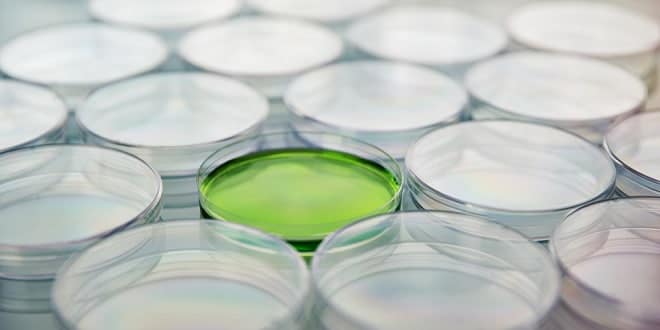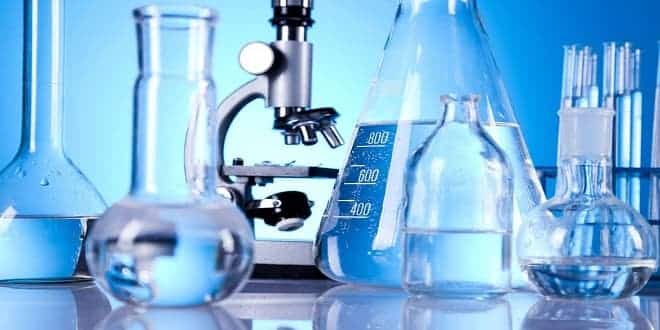Membrane Filtration
CONTENTS
• Introduction
• Types of membrane filtration
• Molecular weight cut off
• RO, UF and MF
• Recovery percentage
• Problems in membrane filtration
• Equipments
• applications
INTRODUCTION
• A feed consisting of mixture of two or more components is partially separated.
•Separation by a semi permeable barrier namely membrane.
•Feed is separated into retentate and permeate.
•Separation occurs by the membrane controlling the rate of movement of various molecules between two liquid phases, two gas phases, or a liquid and a gas phase.
•The driving force of separation is the pressure difference across the membrane.
•The two products of feed are usually miscible.
•A sharp separation is often difficult to achieve.
i. Reverse Osmosis
ii. Ultrafiltration
iii. Microfiltration
iv. Dialysis
v. Electrodialysis
vi. Gas permeation
vii. Pervaporation.
Membrane separation processes include:
Reverse osmosis, ultrafiltration and microfiltration are the classical membrane processes.
MOLECULAR WEIGHT CUTOFF (MWCO)
• MWCOs can be defined as the molecular weight at which 80% of the solutes are prohibited from membrane diffusion.
• An ideal membrane will retain all species with molecular weight greater than the MWCO but will allow all species with lower molecular weight to pass.
• Membranes are available in a number of MWCO ranges from 1,000 up to 100,000. For e.g., the MWCO range of reverse osmosis is below 300, whereas that for ultrafiltration membranes is between 300 and 300,000.
DIALYSIS
• Transport of solute A and B through membrane is called dialysis, and, transport of solvent is called osmosis.
• It uses a semipremeable membrane to separate species by virtue of their different diffusion rates in the membranes.
• Small solute of type A are separated from the solvent and large solute of type B.
ELECRODIALYSIS
• Electrodialysis (ED) is a membrane separation process that utilizes an electrical potential difference as a driving force for moving salt ions in solutions.
• The membrane is selective and only permit the passage of either anions or cations but not both.
• Thus separation is due to charge rather than size differences.
• This process can be used to separate differently charged molecules of similar sizes.
GAS PERMEATION
• The gas components are separated through the difference in pressure and concentration across the membrane.
• The permeation rate of a gas depends on its solubility in the membrane material, as well as its molecular structure.
PERVAPORATION
• Permeation + Evaporation = Pervaporation i.e. separation through the membrane by the permeate, then its evaporation into the vapor phase.
• Separation of components is based on a difference in transport rate of individual components through the membrane.
REVERSE OSMOSIS
• What is osmosis?
The osmotic pressure π for dilute solutions can be established as a function of pressure and temperature, using fundamental thermo-dynamics, as follows:
π= MRT
For ionized solutes:
…




